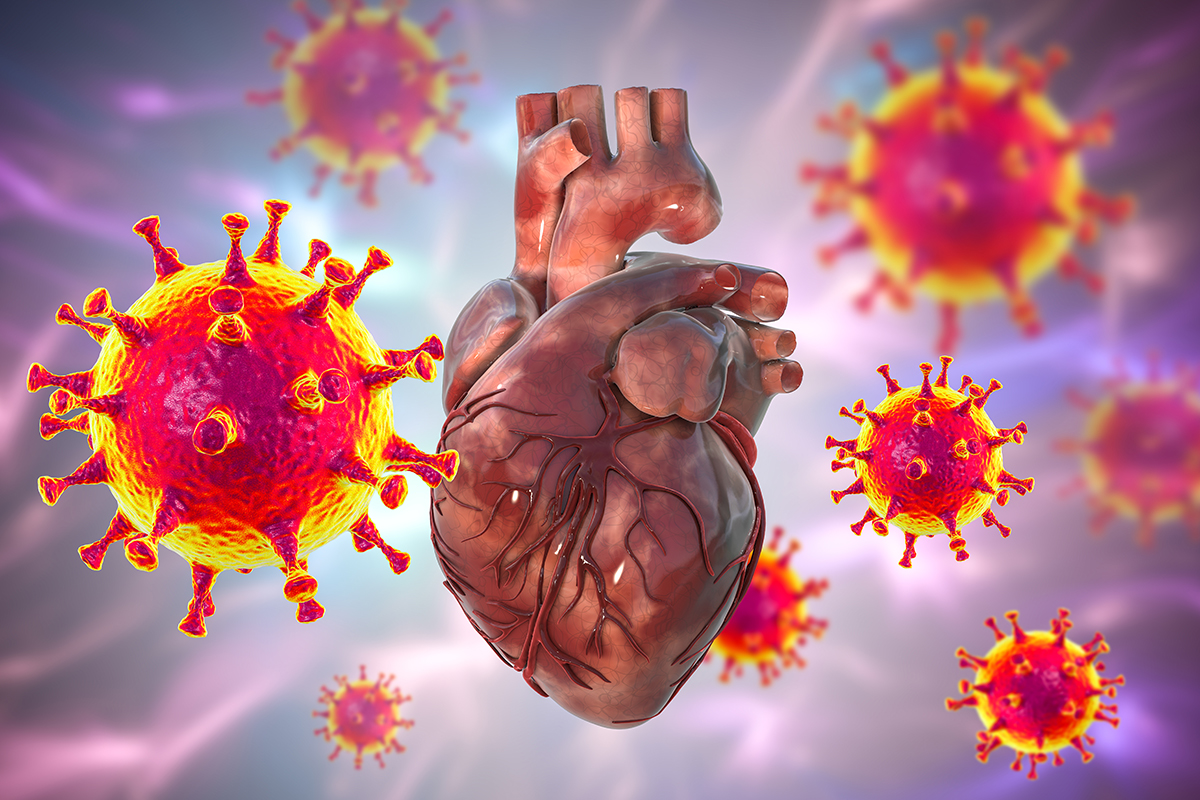
When the heart pumps blood, the lungs oxygenate it. This exchange is constant. If either organ weakens, the other feels the effect. Heart problems often reduce blood flow to the lungs. Lung disease can limit oxygen delivery to the heart. This link makes diagnosis more complex. Symptoms overlap. Fatigue, breathlessness, or chest tightness may come from either side. Sometimes from both.
Lung diseases like COPD or fibrosis increase pressure in the arteries that serve the lungs
These conditions cause narrowed or stiff lung tissue. That leads to restricted air flow. Over time, blood pressure rises in the pulmonary arteries. The right side of the heart works harder to push blood through. This is called pulmonary hypertension. It may not show early signs. But slowly, the heart weakens. Swelling in legs or fainting can appear. That’s when patients often seek help.
Heart failure causes fluid to build up in the lungs, making breathing feel harder and less efficient
In left-sided heart failure, the heart doesn’t pump effectively. Blood backs up into the lungs. This fluid buildup is called pulmonary edema. It reduces oxygen transfer. Patients feel short of breath. Some wake up gasping during sleep. Lying flat becomes uncomfortable. Coughing, wheezing, and fatigue follow. Diuretics can help. But the cycle often repeats without deeper treatment.
Oxygen deprivation from lung disease puts extra strain on the heart to maintain circulation
Low oxygen levels signal the heart to work harder. It beats faster to deliver enough oxygen. Over time, this overwork damages heart muscle. It can cause arrhythmias or structural changes. The heart becomes enlarged. Its walls thicken. Eventually, it can’t keep up. Lung damage silently pulls the heart into decline. This isn’t always noticed until symptoms escalate.
Sleep apnea, a respiratory condition, is strongly associated with increased cardiovascular risk
Sleep apnea causes repeated breathing pauses during sleep. Oxygen drops suddenly. The body reacts with stress hormones. Blood pressure spikes. Over time, the heart is affected. Hypertension becomes harder to control. Atrial fibrillation may develop. Left untreated, sleep apnea increases heart attack risk. CPAP therapy can help reduce this. But many people remain undiagnosed for years.
Smoking damages both lung tissues and blood vessels, increasing risk of both pulmonary and cardiac disease
Toxins in smoke inflame the airways. They also harm the lining of blood vessels. This leads to narrowed arteries and poor oxygen exchange. It affects lung elasticity and heart function. Smokers face higher risk of heart disease, COPD, and stroke. Quitting reduces that risk over time. But damage often begins before symptoms show. Early changes are silent but serious.
Shortness of breath may indicate either heart failure or respiratory illness, requiring careful evaluation
Breathlessness is a shared symptom. It’s not always clear where it comes from. A cardiologist may check heart function. A pulmonologist assesses lung capacity. Tests like echocardiogram, chest X-ray, and spirometry help. They reveal if oxygen is moving correctly. If not, the underlying issue must be identified. Treating the wrong system leads to delays.
Some heart medications may affect lung function and require adjustment in patients with respiratory conditions
Beta blockers, for example, lower heart rate and blood pressure. But they may worsen asthma or bronchospasm. Diuretics reduce fluid but can cause electrolyte shifts. This may affect breathing rhythm. Doctors must balance treatment carefully. Especially in patients with overlapping conditions. Communication between specialists becomes essential. Monitoring side effects prevents further complications.
Pulmonary rehabilitation and heart rehabilitation programs both include breathing exercises and endurance building
These programs aim to restore function through slow, monitored activity. They often overlap in approach. Controlled exercise strengthens muscles. It reduces breathlessness and improves circulation. Breathing training enhances oxygen efficiency. Patients learn pacing and posture techniques. Both heart and lung patients benefit. These programs reduce hospital readmissions and improve daily life.
Treating one organ often helps the other, making coordinated care vital in chronic disease management
Addressing heart failure can improve lung symptoms. Improving lung capacity can ease cardiac strain. Medications must be coordinated. So should follow-up schedules. Lifestyle changes like quitting smoking, managing weight, and exercising benefit both systems. This is why a whole-body approach matters. Single-focus care often misses connections. But the body doesn’t separate systems.
